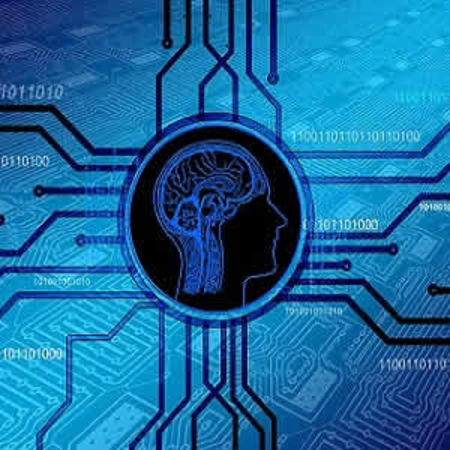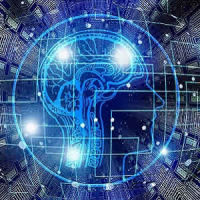Artificial intelligence, combined with supercomputing power, is increasingly impacting many areas in the practice of medicine. In particular, "the recent rapid advances in computer interpretation of images suggest that radiology will be affected sooner than most," says an article in press in the Journal of the American College of Radiology.
Will machine intelligence eventually surpass human intelligence to the same extent that machine power surpassed animal power? The answer to this question seems increasingly likely to be yes, according to the author, Robert Schier, MD, who is from Radnet, Orinda, California.
Traditionally, computers rely on deductive reasoning to solve problems. Computers learn deductive reasoning by being “taught” — a human writes a program specifying the precise steps needed to solve a particular type of problem.
The advent of inductive programs, along with increased processing speed, is the reason that computers have recently become so good at interpreting images, the article says. Such programs have given computers tools and abilities more closely approaching those of human reasoning.
"Not only can these self-learning, self-modifying, self-writing programs learn with practice to get better at performing a particular task, they are able to change their fundamental structure to become faster and more effective at changing themselves to become faster and more effective," Dr. Schier explains. "Because these computers can rewrite their own programs, they are able to solve problems in ways that we sometimes cannot understand."
For example, computers can now diagnose skin lesions from photos as well as dermatologists and recognise and transcribe speech better than teams of humans. In radiology, computers are improving at a variety of image interpretation tasks, including determining bone age, finding fractures on plain films, and detecting interstitial infiltrates.
Given that computers are already in a real sense intelligent, this raises some important questions: Will there be an ultimate limit to how intelligent computers will become? Will computers eventually read all imaging studies as well as or better than human radiologists?
"What we will eventually see in radiology are diagnostic image interpretation systems that have read every textbook and journal article; know all of a patient’s history, records, and laboratory reports; and have memorised millions of imaging studies," Dr. Schier explains. "It may help to imagine these systems not as a collection of circuits in a console, but as an army of fellowship-trained radiologists with photographic memories, IQs of 500, and no need for food or sleep."
The advent of computers that can accurately interpret diagnostic imaging studies "will upend the practice of radiology," the author says. In the United States, for example, there are 34,000 radiologists at the moment. "Unless radiologists do things other than interpret imaging studies, there will be need for far fewer of them. This is a complex situation filled with unknowns, and events are moving fast. We need to figure how to deal with this coming change. And we need to do it in a hurry," Dr. Schier points out.
Image Credit: Pixabay
References:
Schier R (2018) Artificial Intelligence and the Practice of Radiology: An Alternative View. J Am Coll Radiol. Article in Press, Available online 11 May 2018 https://doi.org/10.1016/j.jacr.2018.03.046
Latest Articles
Radiology, Radiologists, Artificial Intelligence, supercomputing
Artificial intelligence, combined with supercomputing power, is increasingly impacting many areas in the practice of medicine. In particular, "the recent rapid advances in computer interpretation of images suggest that radiology will be affected sooner th



























